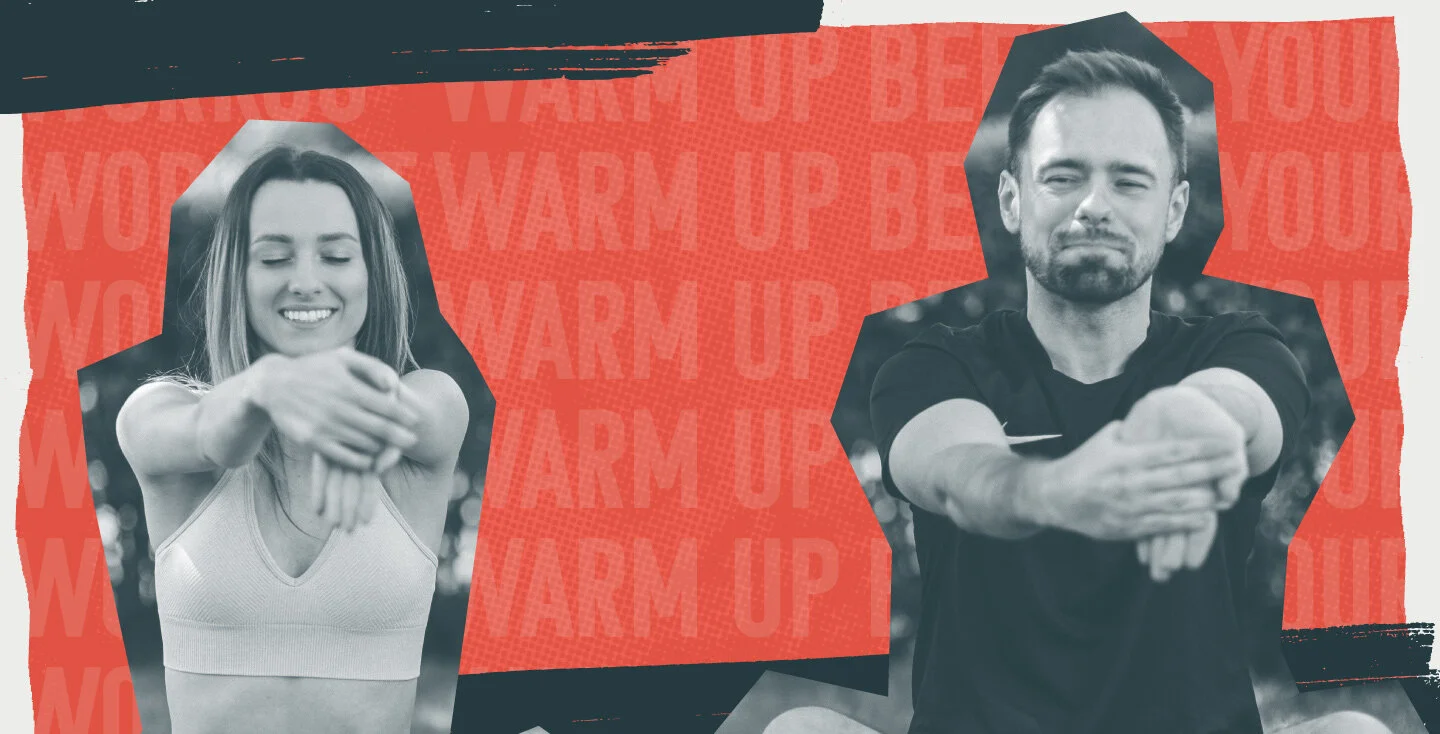All You Need to Know About Recovery Optimization
SEPT 14, 2021
All You Need to Know About Recovery Optimization
Why recovery is critical to your fitness routine and what you can do to optimize it.
By House Fitness
What is Recovery?
Recovery refers to your body’s ability to manage stress and return to a ‘normal state’ of function. Physiologically, it speaks to your muscle soreness, stiffness, and elasticity; your cardiovascular output; and the overall state of your nervous system. Mentally, it speaks to your desire to train (i.e. how ready you feel to take on the next challenge) and your stress tolerance.
Recovery is a key component of any fitness routine as it will help us reach our optimal performance capability (i.e. one’s ability to perform at their highest level or potential.)
How “Recovered” Should We Be Before Our Next Workout?
Recovery is a spectrum; it is not black or white. You will never truly know if you are 100% recovered nor do you need to be 100% recovered to jump into your next workout.
The level at which you need to recover also depends on the intensity of your workout. For example, if you’re engaging in a high-intensity workout, you will need a greater recovery time than someone engaged in a low-intensity workout. It is all dependant on the amount of stress you are putting on your body.
How to Measure Your Recovery
These are our two recommended ways to measure how recovered you are:
1
Your Intuition
Intuition plays a large role in knowing whether or not you’re ready to jump into your next workout. Listen to your body. Do you feel ready to train hard again? Ask yourself, “How desirable is training to me?” or, “Do I want to train today?” This can be a quick way to tune in to how your body is feeling and where your mental state is at.
2
A CO2 Tolerance Test
The CO2 Tolerance Test is a breathwork measurement tool coined by Brian Mackenzie. It is a quick way to understand how efficiently your body is using carbon dioxide and oxygen and how reactive you are to stress. Based on the timing of your breathing, you can get a general estimation of how ‘recovered’ you are in that moment. All you need is a stopwatch. We recommend getting started with this video and using this calculator to measure your breathing.
How Do We Recover?
Technically, any time we are not training, we are recovering. Without any real intervention (bar a sustained injury), our bodies know how to heal and repair themselves. All it needs from you is some time and patience.
However, we can still optimize our recovery by putting some key practices into place.
Our Top 5 Best Practices for Optimizing Your Recovery
Our top tips for optimizing your recovery so that you can avoid injuries and get back to working out ASAP.
1
Sleep
Ensure that you are getting enough sleep. We do most of our recovering while we are asleep so it is critical that we get the recommended amount of 7-9 hours each night.
On top of making sure we are getting enough sleep, we also need to make sure that is high quality. We can do this by taking a few steps to be less prone to sleep disruptions. Step 1) Do not consume caffeine in the afternoon onward. Studies have shown that there can be up to 25% caffeine in our system up to 12 hours after consumption. Step 2) Don’t look at any screens an hour before you go to bed. Step 3) Don’t engage in any high-stress activities as you wind down for the night. Step 4) Develop a nightly ritual. When your body begins to recognize that you are preparing for sleep, your brain produces melatonin; a hormone that helps with the natural sleep-wake cycle.
2
Breathe
For optimal recovery, breathe through your nose as much as possible. It’s truly that simple. In general, breathing through your nose more (in your daily life and during workouts) boosts your body’s ability to take deeper breaths because you are engaging your lower lungs — which, in turn, improves your body’s oxygen circulation. Furthermore, breathing through your nose helps filter out dust and particles, keeping your lungs healthier overall.
In addition to nasal breathing, we recommend a specific breathing cadence that will help you relax and reduce stress, anytime, anywhere. Inhale through your nose for four counts, hold your breath for four counts, and then exhale through your nose or mouth for eight counts. Remember: 4-4-8. This exercise stimulates our parasympathetic nervous system, which allows our bodies to return to a state of rest and digest. Through this, our inflammation is reduced, our immune processes can function more effectively, our energy increases, and even our perception of pain can be reduced. All of these pieces are key in optimizing recovery.
3
Stay Hydrated
Stay hydrating is an important piece to both your performance and recovery. Even being a bit dehydrated can have a massive impact on your ability to perform and recover.
On average, the amount of water that you need to be drinking is somewhere between 2.5-4 liters.
First, identify what your weight is in kilograms. Next, divide that figure by 30. This number is a general baseline for how much water you should be drinking in a day. Variables that can skew this would be your activity level, muscle mass, age, salt intake, and certain health conditions.
4
Consume Protein
Similarly to your water intake, it is also important to be consuming the correct amount of protein for your body weight. For most people, consuming 0.36 grams of high-quality protein per lb should be adequate. A quick formula that you can use to determine a more accurate estimation of how much protein you need to be consuming is: your body weight in lbs x 0.36 grams = the number of protein in grams that you should be per day to maintain protein synthesis.
However, depending on other diet factors and what you’re training for, this number can vary. For example, if you are strength training, you may want to bump this number up to 0.75 grams of protein per lb of body weight. Make sure to consult a trained professional.
5
Foam Roll & Stretch
Foam rolling is a form of self-massage and encourages myofascial release. This can be an effective tool in relieving muscle tension, soreness, and inflammation; improving blood flow; and mitigating the pain and tension that you might otherwise experience post-exercise. If used properly, this can help speed up your recovery time. (For further reading on foam rollers, check out our other article, “Top 5 Affordable Equipment Ideas for Home.”)
Also to consider in conjunction with foam rolling is stretching in your practice of warming up pre-workout and cooling down post-workout.
Whether you’re intentional or not, your body is always trying to recover; it knows how to heal and repair itself. But, how efficiently you recover is dependent on how well you take care of your body during your workout and post-workout.
If you want to reach optimal recovery and performance, taking these additional steps laid out in this article can help get you there.
If you would like more advice on how to optimize your recovery and performance;
get in touch with one of House Fitness’s knowledgeable trainers.









